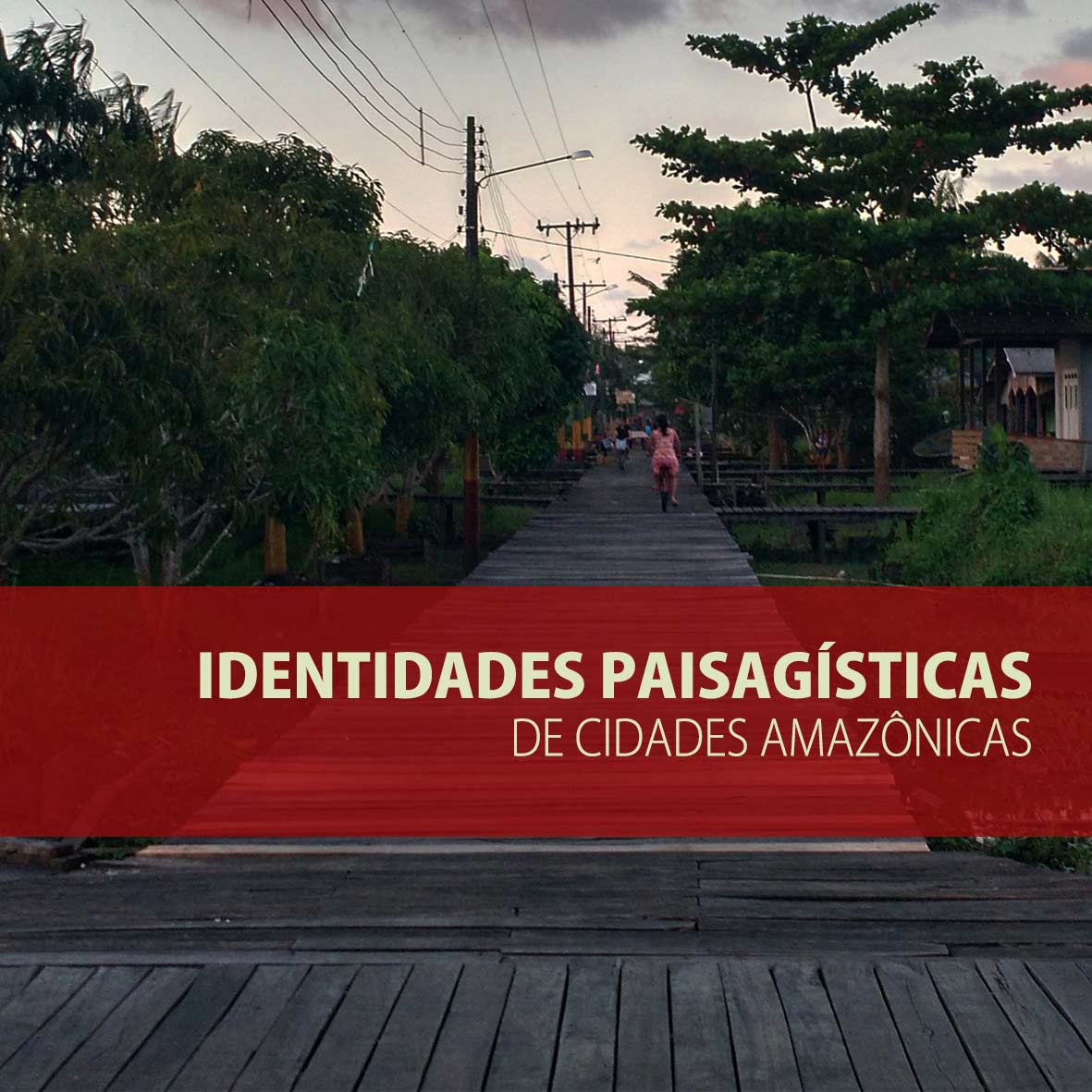
Identidades Paisagísticas de cidades amazônias
As cidades-capitais da segunda metade do século XIX, no Brasil, experimentaram formatações urbanas que alteraram o desenho e os usos de sua paisagem. Durante algum tempo, a ideologia externa direcionada às reformas urbanísticas ocorridas em cidades como Paris, Londres, Berlim determinou mudanças que se desdobraram pelo país, motivando ações que manifestaram-se em nossas cidades pela utilização de métodos, instrumentos e práticas relacionadas a estas ideologias forjadas no velho mundo. No caso da região amazônica, sobretudo em cidades como Belém e Manaus, firmava-se um ideário urbanístico modernizante que encontrou, na sociedade da época um locus e um modus operandi para a recepção, circulação e difusão dos fundamentos teóricos e práticos formulados pelos discursos urbanos exógenos. Os referenciais do final do século XIX e início do XX atravessaram o espaço-tempo histórico e na atualidade surgem como um legado relevante, quando se estudam as trajetórias paisagísticas pelas quais as cidades amazônicas passaram. Diante disso, a linha de pesquisa Identidades paisagísticas nas cidades amazônicas pretende entender as matrizes que desenharam a paisagem dessas cidades e, por sua vez, atualizar a discussão, no interesse de reinterpretar de que modo as ideologias paisagísticas contemporâneas impõem-se como um recurso real na construção da paisagem urbana, seja pelo fato da sociedade reconhecer o legado paisagístico delas derivado, seja por valorizar a inserção, nesta paisagem, de espaços livres públicos.
Landscape identities of Amazonian cities
The capital-cities of the second half of the nineteenth century in Brazil experienced several urban planning approaches that changed the design and uses of their landscape. For some time, the referential was an external ideology brought directly from the urban foreign context where they were tried, in cities like Paris, London, Berlin. That approach made several changes around the country motivating actions that spread in our cities under the reason of certain use of methods, instruments and practices related to ideologies forged in the Old World. In the case of the Amazon region, especially in cities such as Belém and Manaus, was established and well received ideology of a modern urbanism, with a certain locus and modus operandi for the reception, circulation and diffusion of the theoretical and practical foundations from overseas. The references of the late nineteenth and early twentieth centuries crossed the historical space-time and nowadays they emerge as a relevant legacy when studies over the landscape trajectories that Amazonian cities have passed. Under this angle view the research line called “Landscape Identities” in Amazonian cities aims to reach a certain understanding about the structural and major guidelines that have influence the design on the landscape of these cities. This is also an update on the discussion about how to analyze and build influence about the way contemporary landscape ideologies impose themselves as a real resource in the construction of the urban landscapes, either because society recognizes the landscape legacy derived from them or because it brings an add-value aboutthe inclusion of public spaces on those (landscape).
Pesquisadores
Publicações


Toda obra individual ou coletiva publicado neste web site pertence ao seu autor ou ao Grupo de Pesquisa Paisagens Hibridas. © 2014 Grupo de Pesquisa Paisagens Hibridas - EBA - UFRJ








